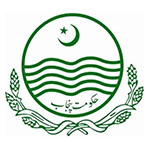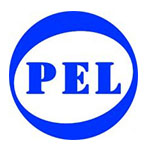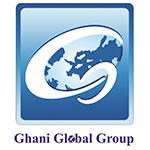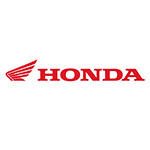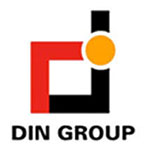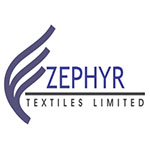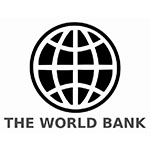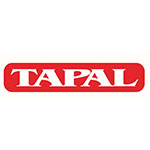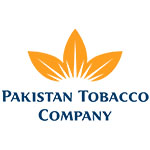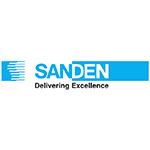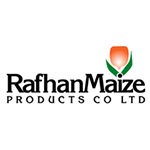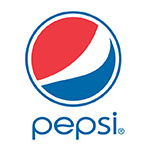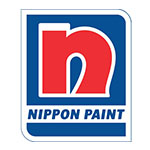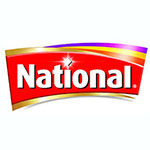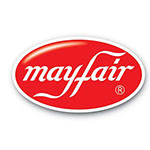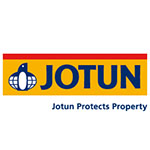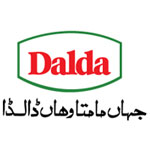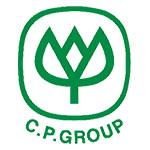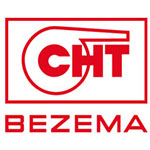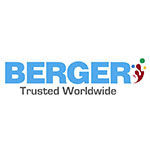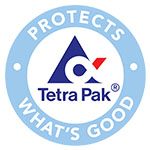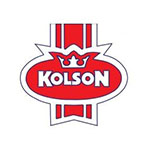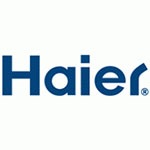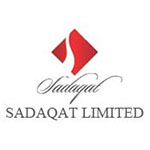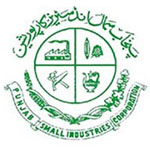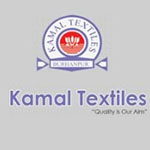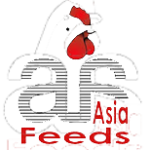Pak Green provides a complete range of air quality services including, Ambient air quality and odor monitoring, Workplace monitoring and assessment and air quality odor impact assessment.
We are able to provide a complete range of technical consultancy services within the air quality including:
- Air quality assessment.
- Dispersion modelling.
- Odor assessment.
- Indoor air monitoring.
1. Air Quality Assessment Services
Pak Green specializes in providing air quality assessment in support of planning application and were involved in successful determinations throughout the country.
Having supported sites in difficult locations, such as adjacent to major motorways, at energy generation facilities, inside the massive industries and close to sewage treatment works, we have experience of helping our clients overcome their air quality constraints to release the sites development potential.
Our comprehensive air quality services include:
- Assessment in support of planning applications.
- Air quality environmental impact assessment (EIA)
- Dispersion modelling assessments of road and industrial emissions.
- ODOUR assessment.
- Emission inventories.
- Local air quality management (LAQM) review and assessment services.
- Environmental permitting application support.
- Dust and odor management plans.
- Construction environmental plans (CEMPS).
- Scoping studies.
2. Odor Assessment
As well as emissions monitoring, our team includes consultants with extensive experience of providing odor impact assessment, particularly in the formation of Odor Management Plans and odor dispersion modelling for a wide variety of uses.
3. Odor Assessment Services
- Stack emission testing for odor.
- Field odor Surveys.
- Odor impact assessment.
- Design of mitigation measures.
- Odor management plans.
4. Indoor Air Monitoring Services
Pak green can assist you in obtaining credits for undertaking measurements (post construction but pre-occupancy) of volatile organic compounds (VOCs) and formaldehyde concentrations from within rooms for comparison with the set limit values. Monitoring is undertaken in accordance with the following standards:
- OSHA
- PEQS
- NEQS
Our Air Quality Group consists of a professional team of consultants to address the specialist requirements of Air Quality Impact Assessments.
Our highly skilled and dedicated air quality consultants are located throughout the Pakistan, allowing us to provide our clients with expert advice and local support within the relevant regulatory frameworks.
We maintain a wide range of air quality dispersion modelling software, allowing us to provide detailed technical support for any air quality project you may have without the added financial burden of equipment hire.
We remain proud of the experience and professional accreditations enjoyed by their air quality consultants. Our air quality consultants regularly advise on a diverse mix of commissions from the land development, industrial, energy, commercial, infrastructure and utilities sectors. From the dispersion modelling of a new food store to the investigation of odor complaints at a single property, you can be sure our air quality has the right experience to provide support and guidance whenever and wherever it is required.
Pak Green’s stack sampling and emissions monitoring expertise provides world-leading support for your business. Our programs can be tailored to your specific needs and overseen by field teams backed by chemists and technicians based in specialist stack sampling facilities.
With our comprehensive and state of the art range of testing equipment, we ensure stack sampling programs based on national & international recognized protocols. All stack sampling and emissions monitoring programs include modified methods for special applications.
Stack sampling and process emission monitoring services include:
- Emission monitoring for compliance
- Gas turbine commissioning and performance testing
- Process optimization testing
- Verification studies by national & international protocols
- Combustion gases (NO, NO2, SO2, O2, CO2, CO, UHC)
- TOC/VOC
- Particulate matter
- Halides
- Multi-phase and trace elements
- Dioxins, PAHs and PCBs
- Ambient air quality monitoring
- Regulatory compliance dispersion modelling
We support customers in a range of industries, including: chemicals, metals, mining, waste, petroleum and printing.
Pak Green, use latest vehicle emission measurement technology to ensure that policy focuses on only the most polluting sectors of the vehicle fleet. By accurately measuring real-world driving emissions, we deliver the local insight necessary to inform the cost-effective design of low-emission policy. Our remote sensing equipment accurately measures real-world driving emissions from thousands of vehicles, under actual driving conditions, in a short space of time and without interfering with the vehicle whose emissions are being measured.
We measure real world driving emissions of nitric oxide, nitrogen dioxide, particulate matter, hydrocarbons, carbon monoxide and ammonia. Bespoke measurement campaigns are designed to explore real-world driving emissions at locations selected to maximize the benefit to the design of low-emission policies.
The design and development of cost effective, evidence-based, Clean Air and Low Emission Zone strategy and pollution mitigation schemes through:
- Real-world driving emissions measurements that accurately characterize the vehicle fleet mix, identifying the most polluting vehicle types (i.e. buses, heavy goods vehicles, vans and cars) and their respective contributions to emissions.
- Quantified and highly disaggregated emissions data to underpin robust mitigation measures.
- Assessing abatement technology performance over time.
- Measurement data to support compliance management within Clean Air and Low Emission Zones.
The improvement of local air quality emissions inventories and modelling through:
- The provision of vehicle-emissions data that are consistent with existing vehicle classes used in emission factor and emission inventory development.
- Accurate road traffic counts and detailed vehicle information via automatic number plate recognition (ANPR).
- The delivery of insights such as the fraction of primary nitrogen dioxide emissions and the potential for ammonia emissions from modern selective catalytic reduction technologies.
- Significantly reduced modelling uncertainty for baseline and mitigation scenarios by removing assumptions and replacing them with evidence-based, real-world driving emissions information.
- High-volume sample sizes, at multiple locations, ensuring the evidence base is representative of the fleet in the area of interest.
Optimization of model performance at key road links.
Meteorology is the study of the Earth’s atmosphere and the variations in temperature and moisture patterns that produce different weather conditions. Meteorology plays an important part during the environmental survey and study.
Meteorological phenomena are described and quantified by the variables of Earth’s atmosphere as follows:
- Wind speed and direction
- Air temperature
- Air pressure
- Air humidity
- Precipitation
- Haze and contents of the air
- Solar and terrestrial radiation
At different spatial scales are used to describe and predict weather on local, regional, and global levels.
1. Lux Level Monitoring
Likewise, excessive levels of artificial light produce annoyance and can adversely affect health. These detrimental effects may depend on the spectrum as well as the overall brightness level of light. LUX level according to our national and international environmental standards.
2. Noise Level Monitoring
Noise survey is conducted in areas where noise exposure is likely to be hazardous. Noise level refers to the level of sound. A noise survey involves measuring noise level at selected locations throughout an entire plant or sections to identify noisy areas.
Noise pollution has adverse health outcomes, including heart disease and hearing loss. Reducing environmental noise pollution is achievable and consistent with national prevention goals.
Areas we cover:
- Commercial areas
- Construction sites
- Indoor Laboratories
- Roads/ Highway
- Generator Areas / Canopy
- Industrial Estates
Water is a vital natural resource which is essential for multiplicity of purpose. water quality standards describe the quality parameters set for drinking water. Drinking water or potable water is water safe enough to be consumed by humans. In most developed countries, the water supplied to households, commerce and industry meets drinking water quality standards, even though only a very small proportion is actually consumed or used in food preparation.
Meteorological phenomena are described and quantified by the variables of Earth’s atmosphere as follows:
- Wind speed and direction
- Air temperature
- Air pressure
- Air humidity
- Precipitation
- Haze and contents of the air
- Solar and terrestrial radiation
At different spatial scales are used to describe and predict weather on local, regional, and global levels.
We provide analytical services for many clients including municipal agencies, NPDES permit holders, metal finishing industries, engineering films, chemical suppliers, and consulting firms.
From working with our clients we have gained a strong background in various facets of the environmental industry.
Wastewater Treatability Testing
- Chemical Precipitation
- Settleability
- Filterability
- Biological Treatment
- Biological Toxicity
- Sludge Generation
- Influent Characteristics
- Process Characteristics
- Effluent Quality
Services Analytical
- Organic Analysis
- Metals Analysis
- Bacteriological Analysis
- Inorganic Analysis
- TCLP and RCRA Testing
- Field Service
- Sampling Service—automatic composite & automatic sequential
- Decipher problem areas in your wastewater treatment systems
- Help you understand analytical results
- Develop specialized test procedures and analytical modifications for your unique problems.
Water and wastewater
Industrial hygienists use environmental monitoring and analytical methods to detect the extent of worker exposure and employ engineering, work practice controls, and other methods to control potential health hazards Occupational Health and safety is the main focus during the Compliance reporting of Industrial Hygiene.
Industrial hygienists analyze, identify, and measure workplace hazards or stresses that can cause sickness, impaired health, or significant discomfort in workers through chemical, physical, ergonomic, or biological exposures. Two roles of the OSHA industrial hygienist are to spot those conditions and help eliminate or control them through appropriate measures.
When workers are exposed to chemical and physical agents, industrial hygiene programs and practices help mitigate acute and chronic health issues. Gabriel has conducted Occupational Safety and Health Administration (OSHA) audits, completed monitoring studies, implemented protective measures, and organized health and safety programs since last many years. Pak Green complete expertise in industrial hygiene and OSHA regulations allows us to look at the big picture and also develop focused, customized solutions.
Exposure Monitoring
- Air
- Noise
- Radiation
- Mold
- Vapor intrusion
- Asbestos
- Lead
- Design and evaluation of ventilation equipment
- Develop and / or audit:
- Respiratory Program
- Confined Space Entry
- Personal Protective Equipment
- Indoor Air Quality Surveys (IAQ)
- Hazardous Materials Management
- Process Safety Management
- Emergency Response Plans
- Ergonomics
- Analytical Balance BSM-320 S/N F1018110077619
- Analytical Balance Sartorius S/N 34790811
- Autoclave HA-300P S/N 910487783
- BOD Incubator TC140G Lovibond S/N 1016/002343
- Colony Counter
- Conductivity/TDS/Salinity meter HI-98192 Hanna S/N E0096408
- Dawlance Refrigerator 9175WBES Plus (Temp Meter) S/N URAED-DW-D-006243
- Digital Light Meter / Lux Meter Model EA-31 S/N 131204631
- Digital Sound Meter (Noise Level Meter) AR824 S/N 00636744
- Digital Sound Meter (Noise Level Meter) AR824 S/N 00636745
- DO Meter Hanna HI9147 S/N D0064570
- Dynamic Halo DB-20 UV-Vis Spectrophotometer S/N 6022027
- Filtration Assembly Vacuum Pump AS20
- Fine Dust Sampler PM10 Instrumex S/N FDS-2015-16-1512276
- Flame Photometer Model PFP7 Na, K, Li, Ca, Ba Jenway S/N 19288
- FUME HOOD
- Kjeldahl Distillation Unit
- Water Bath with Oil & Grease Assembly
- Hot Plate EW-0340710
- Incubator MMM Model ICP55 S/N 000002
- Incubator Shell 1013C
- Laminar Flow Cabinet Model KT-BSC-A2-42
- Lovibond BOD System S/N 0217/000900
- Memmert Water Bath S/N DINI2876-1-I
- Microscope
- Heating Mantel
- Oven Shell Lab Model 1013D
- pH meter Hanna HI-83141 S/N D0045464
- Testo 350 Flue Gas Analyzer S/N 60356208
- Visible Spectrophotometer 721
- Composite Liquid Sampling Bio-troll Model MQCS1-92
- Water Still
- Weighing Balance 320g 0.1g S/N HKDC32AS
- Weighing Balance SF-400 C 500g – 0.01g

